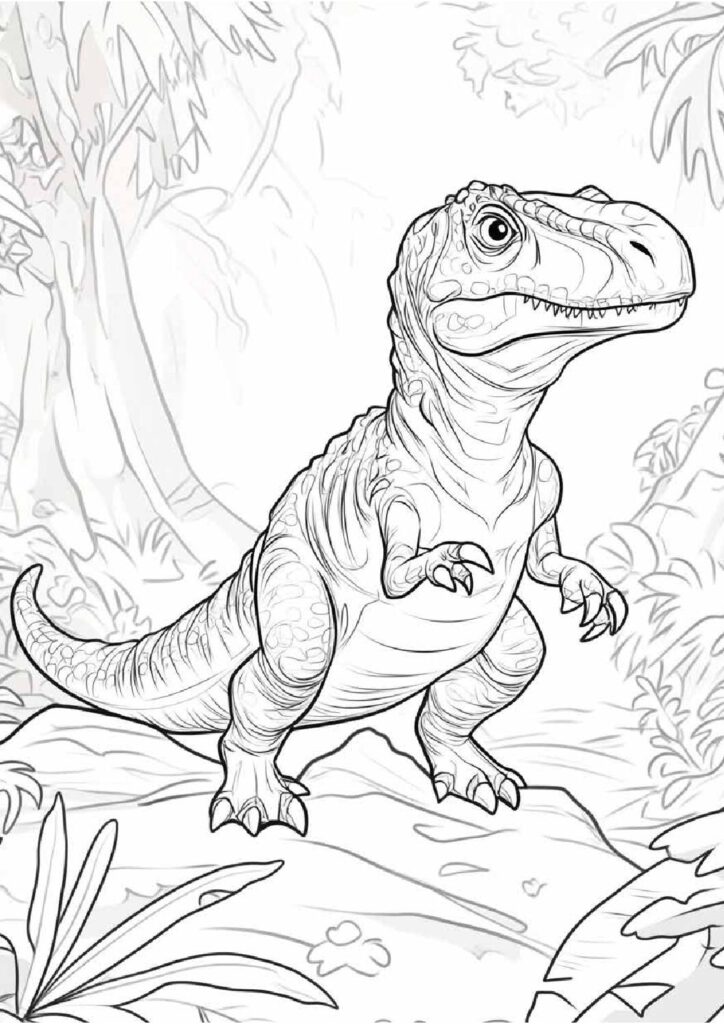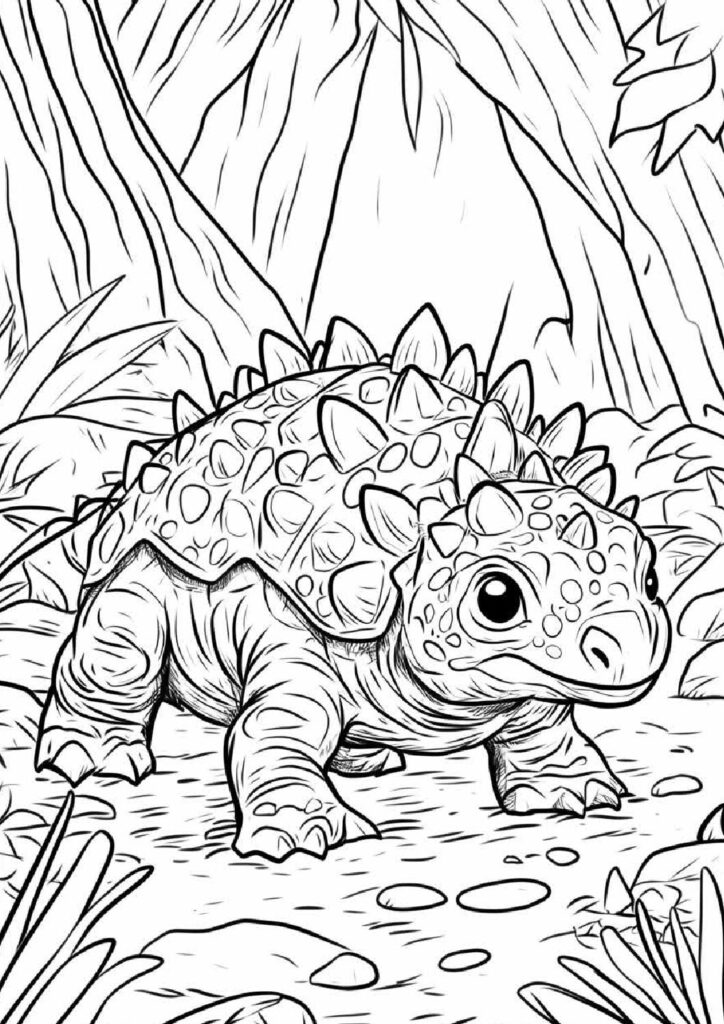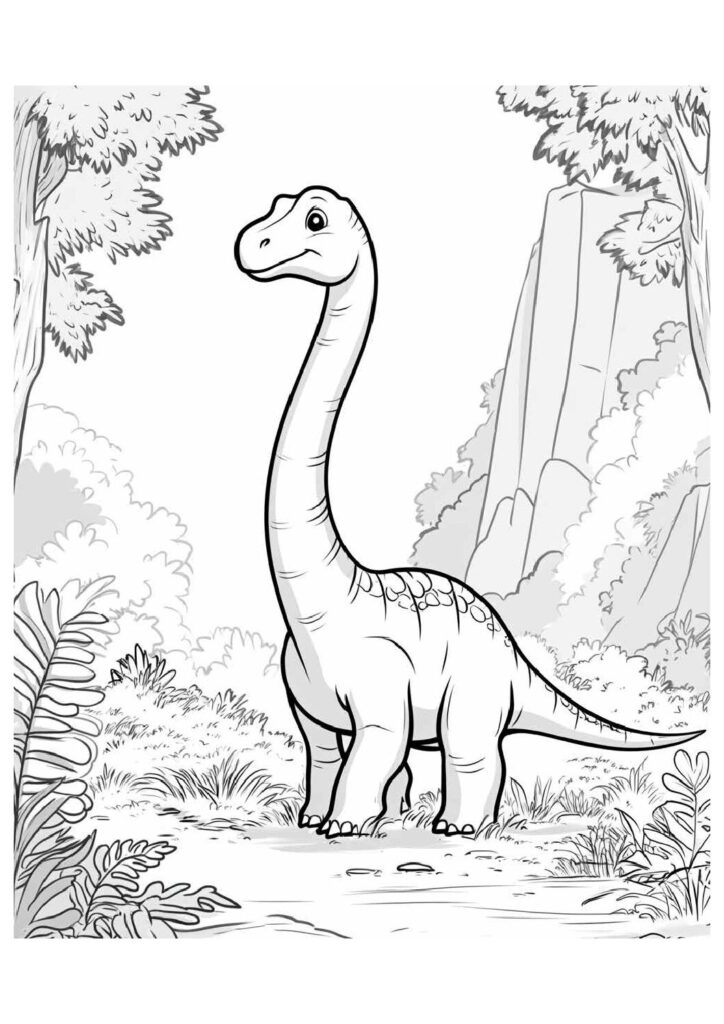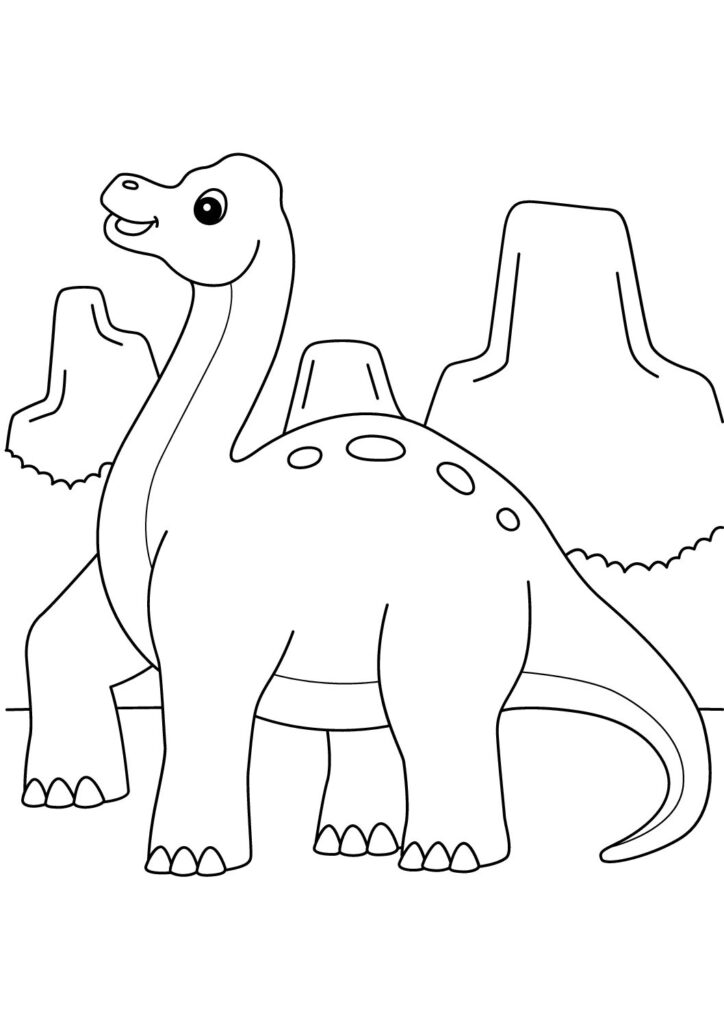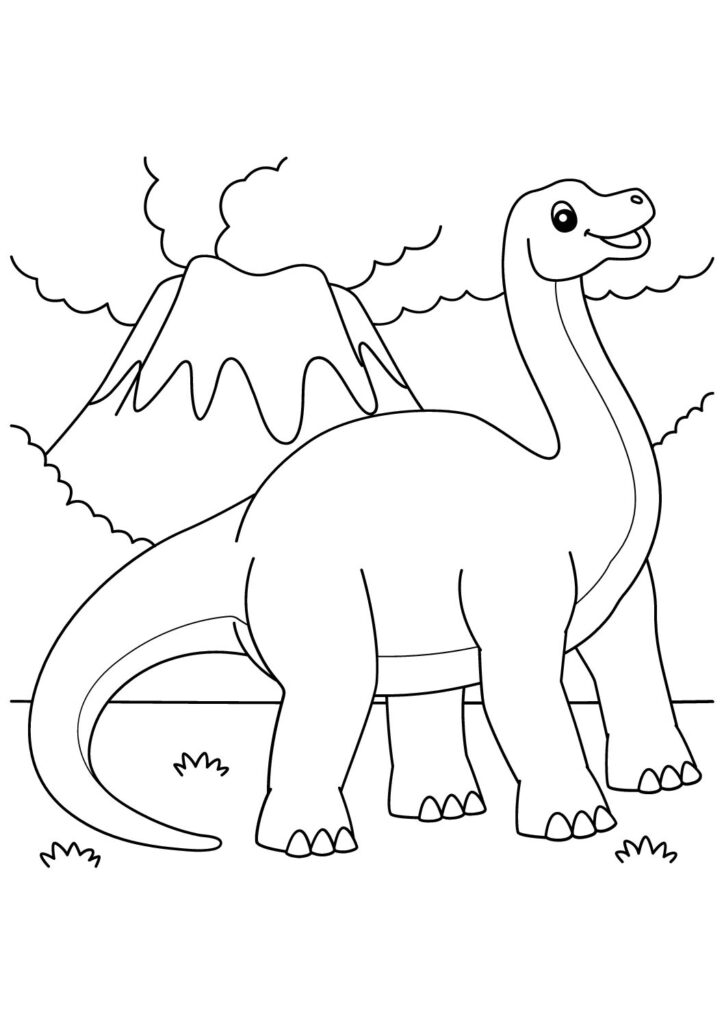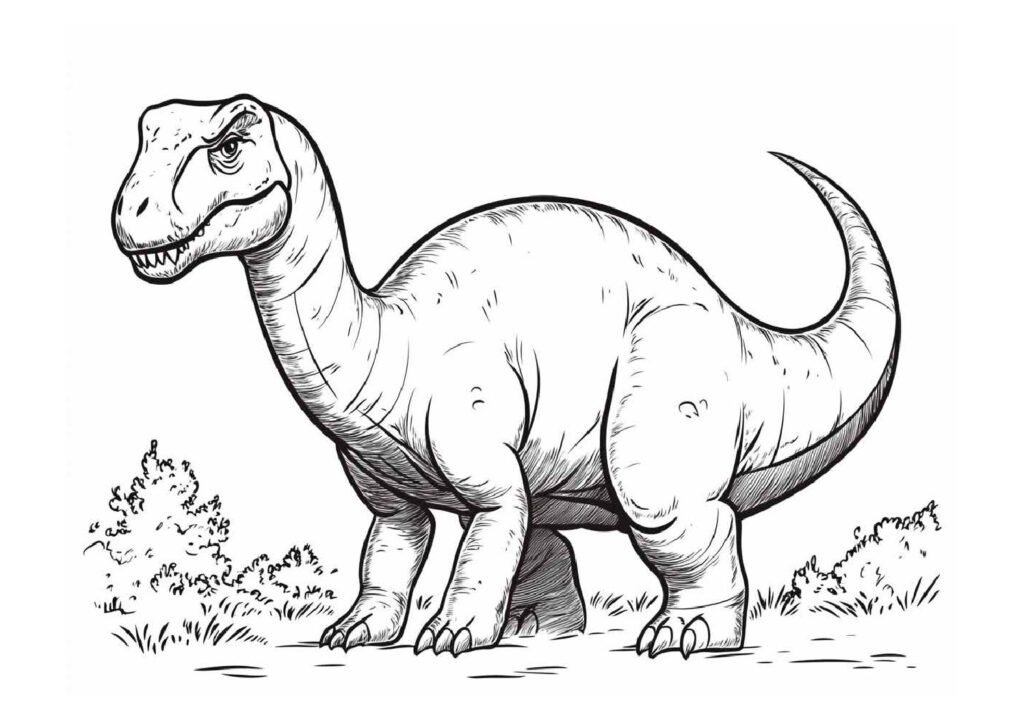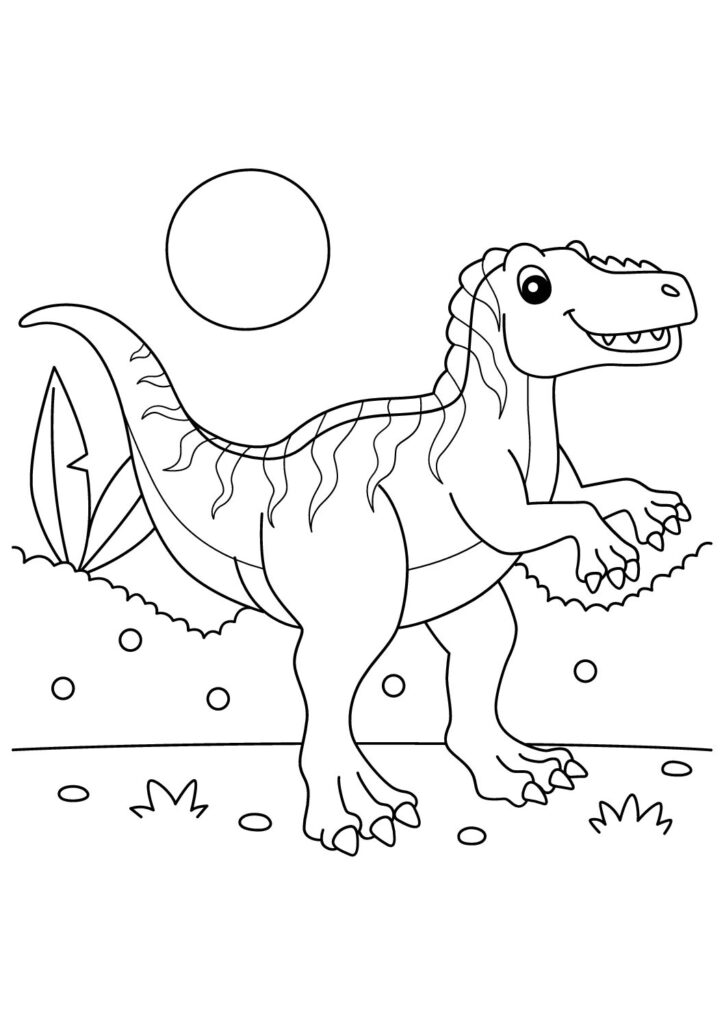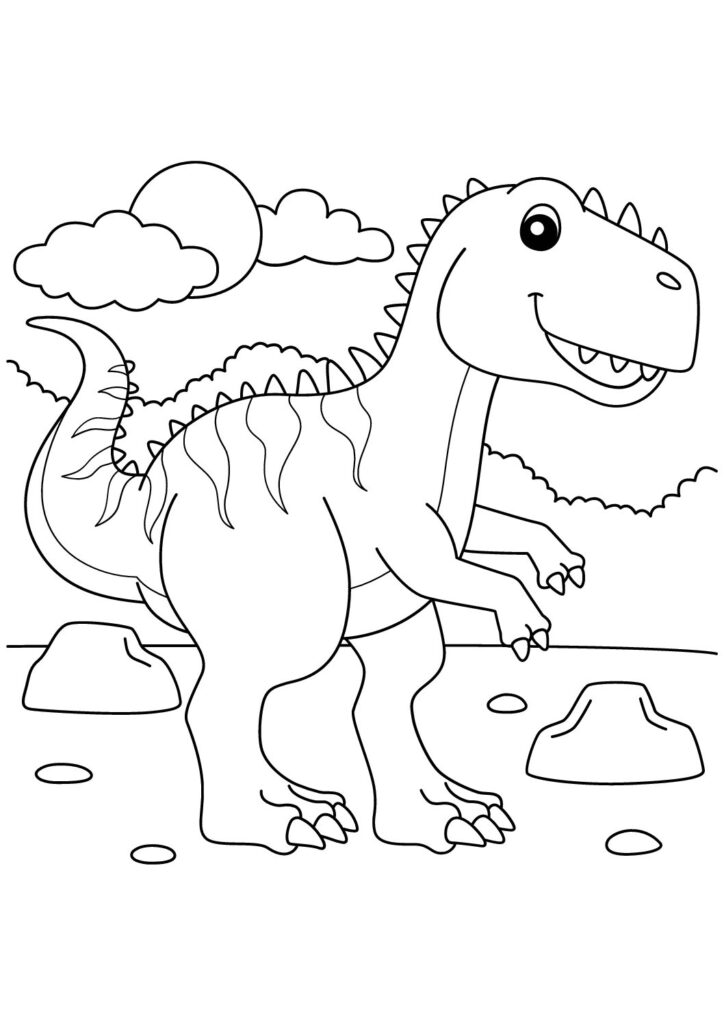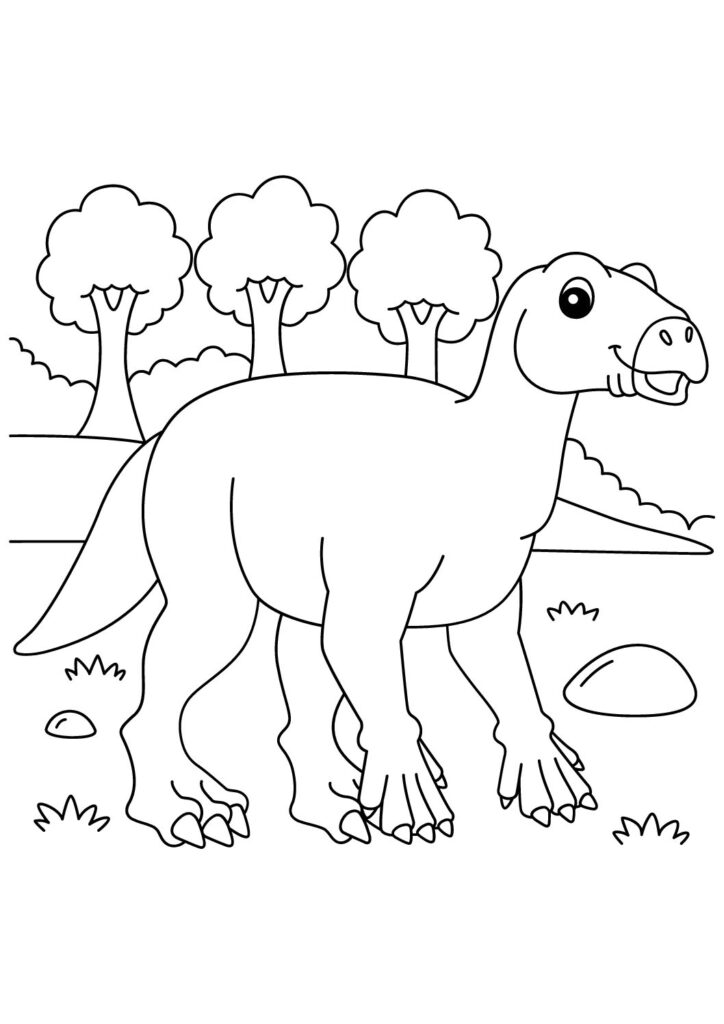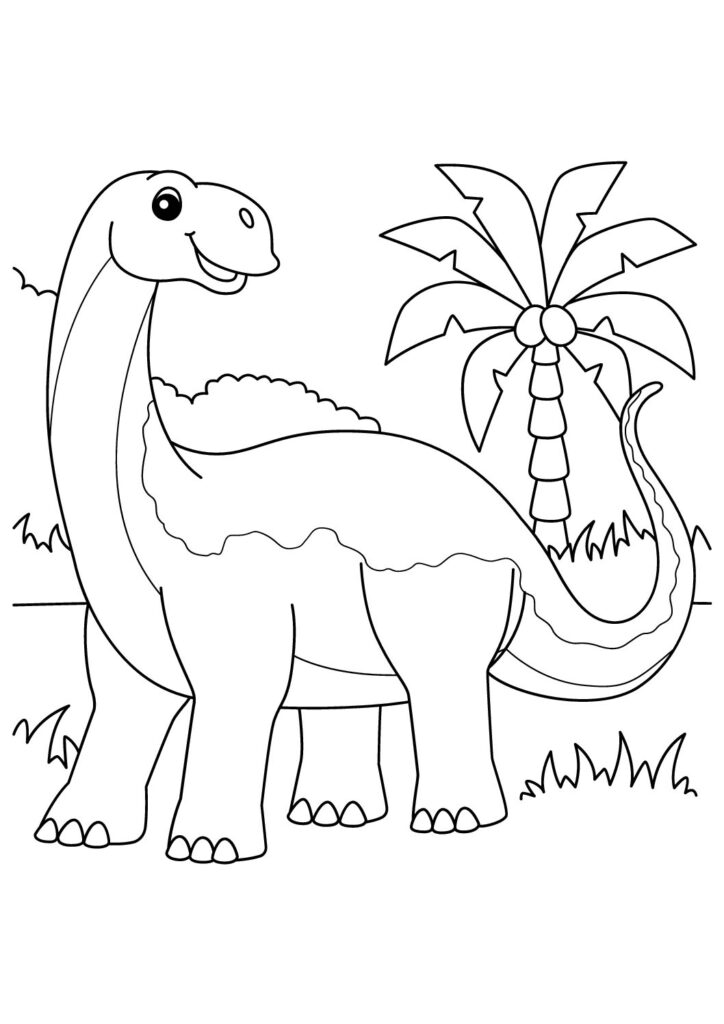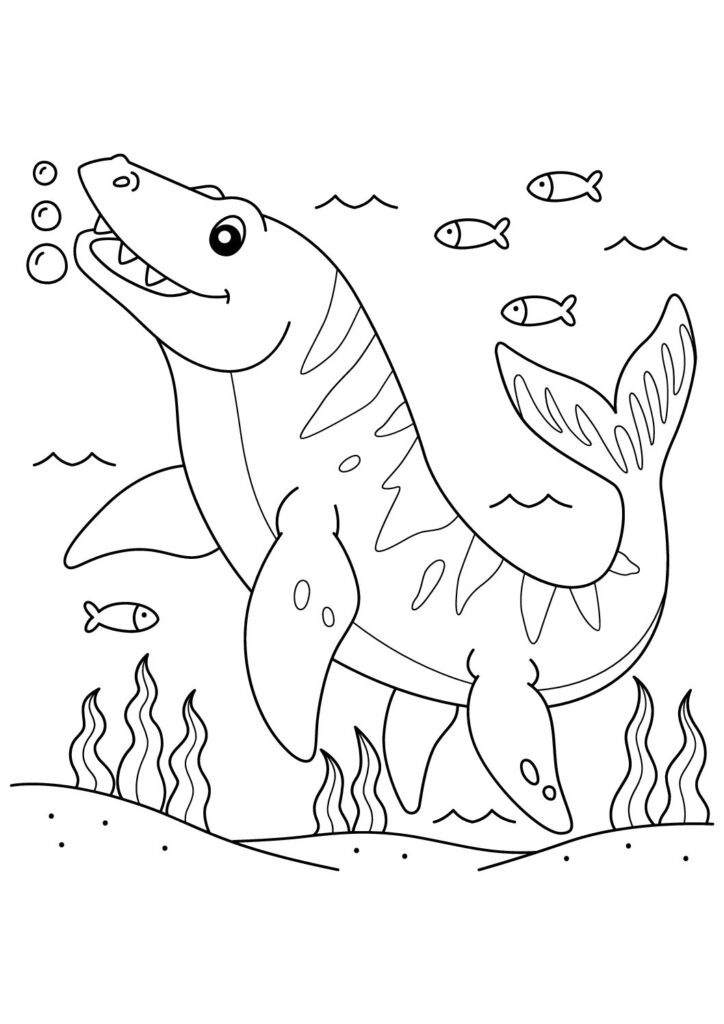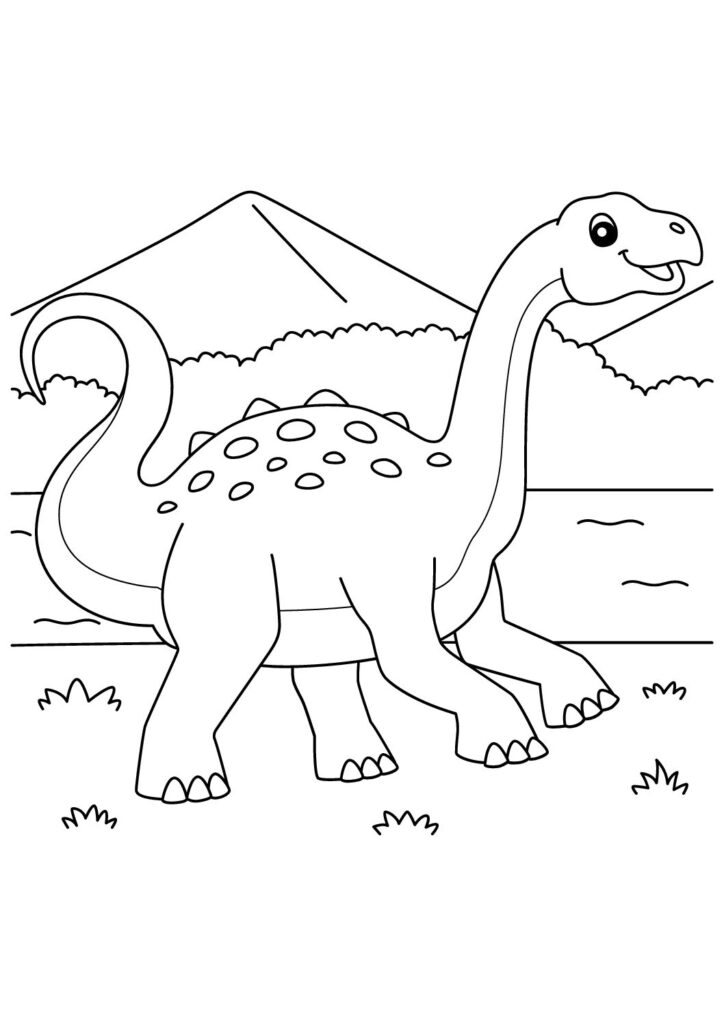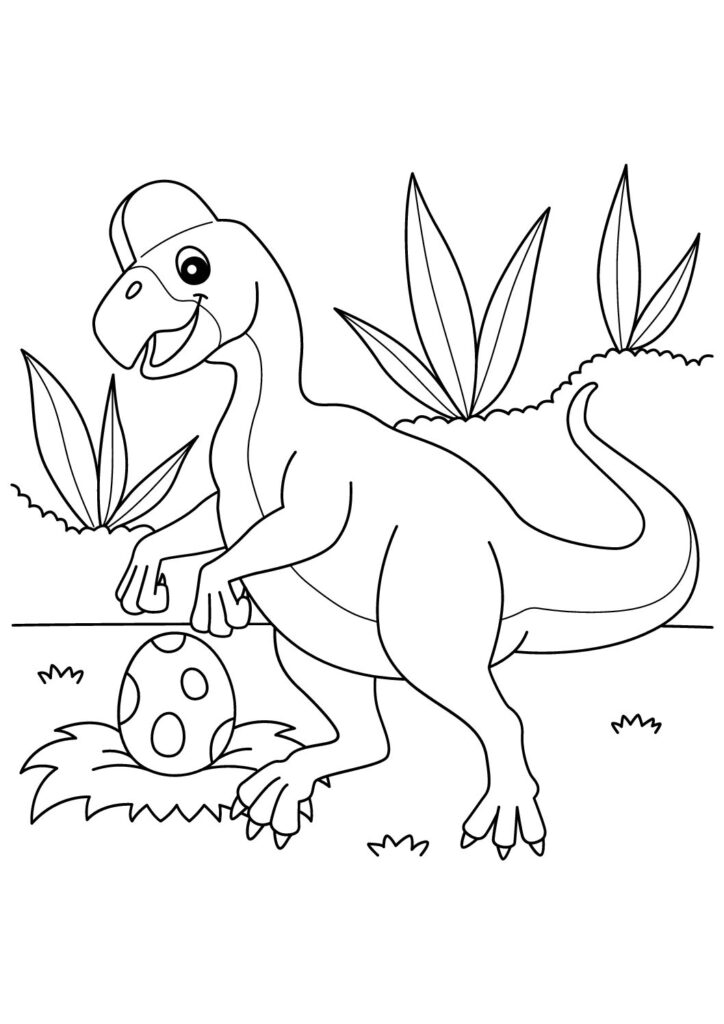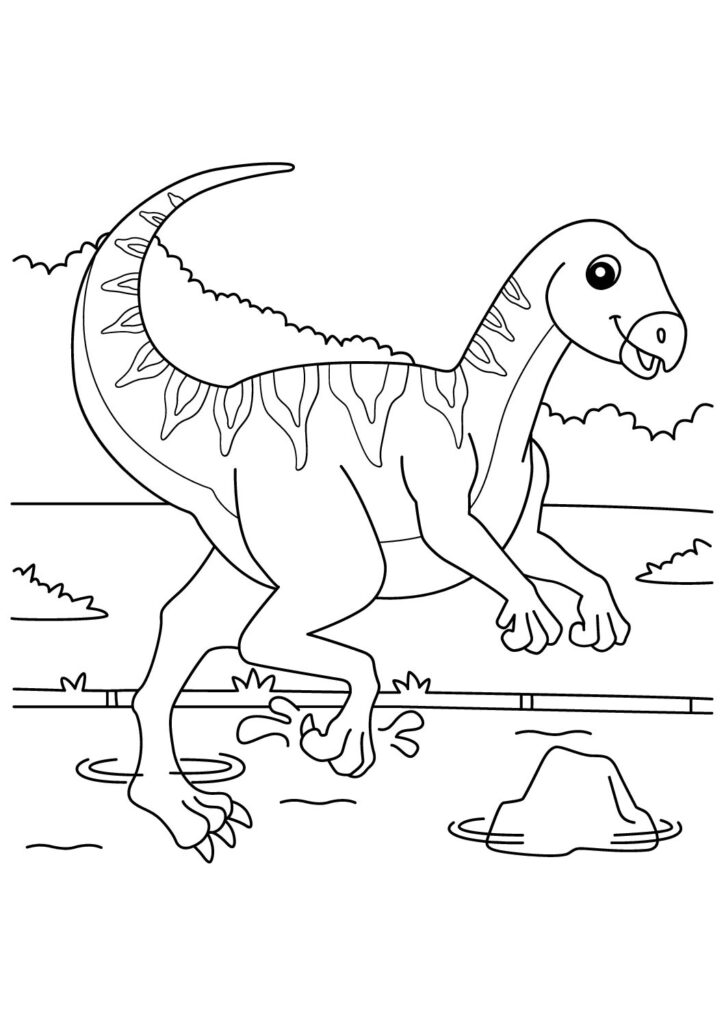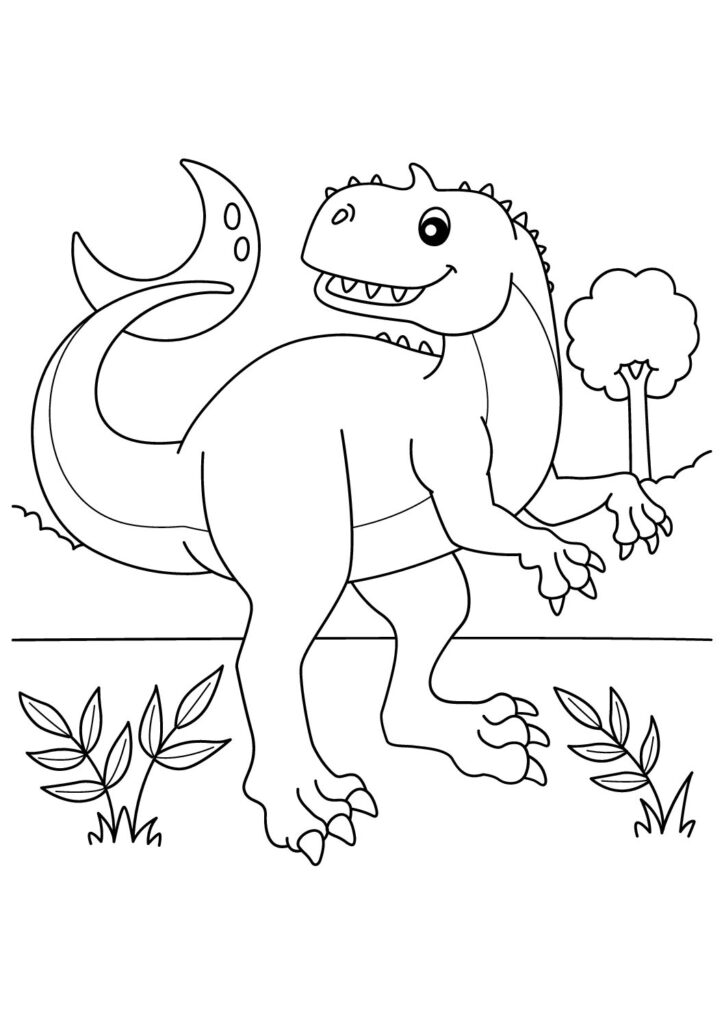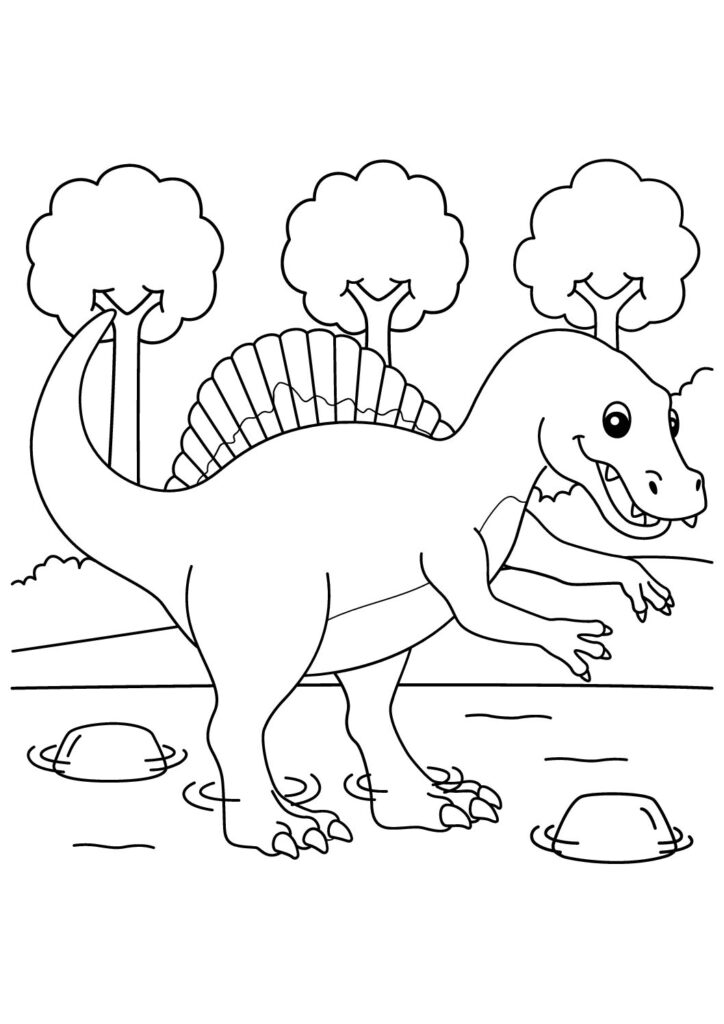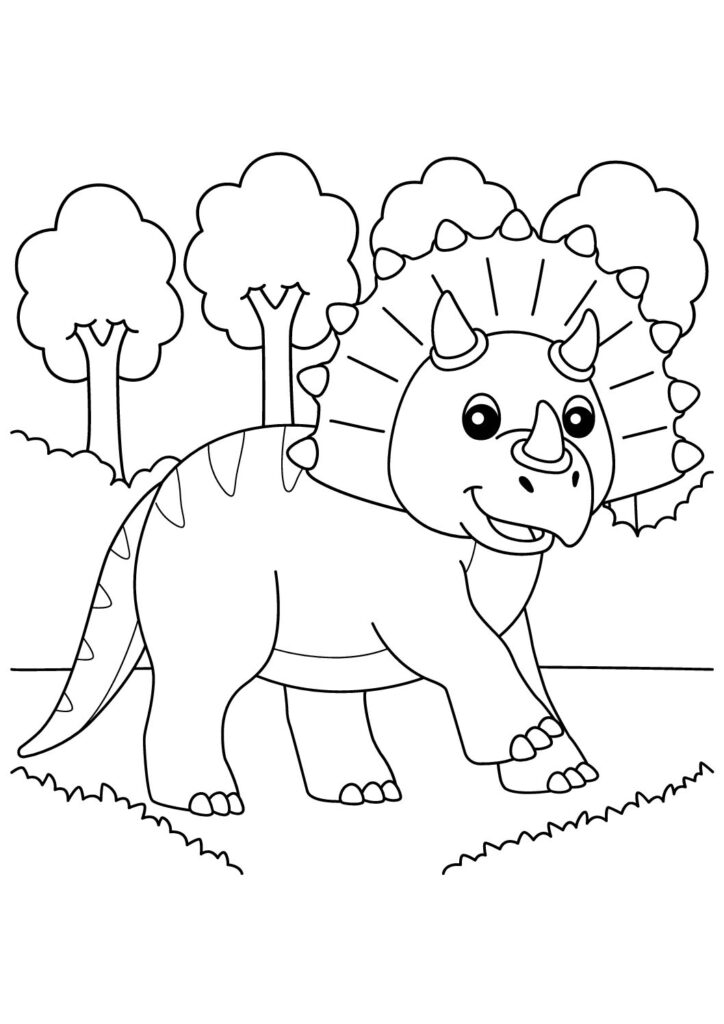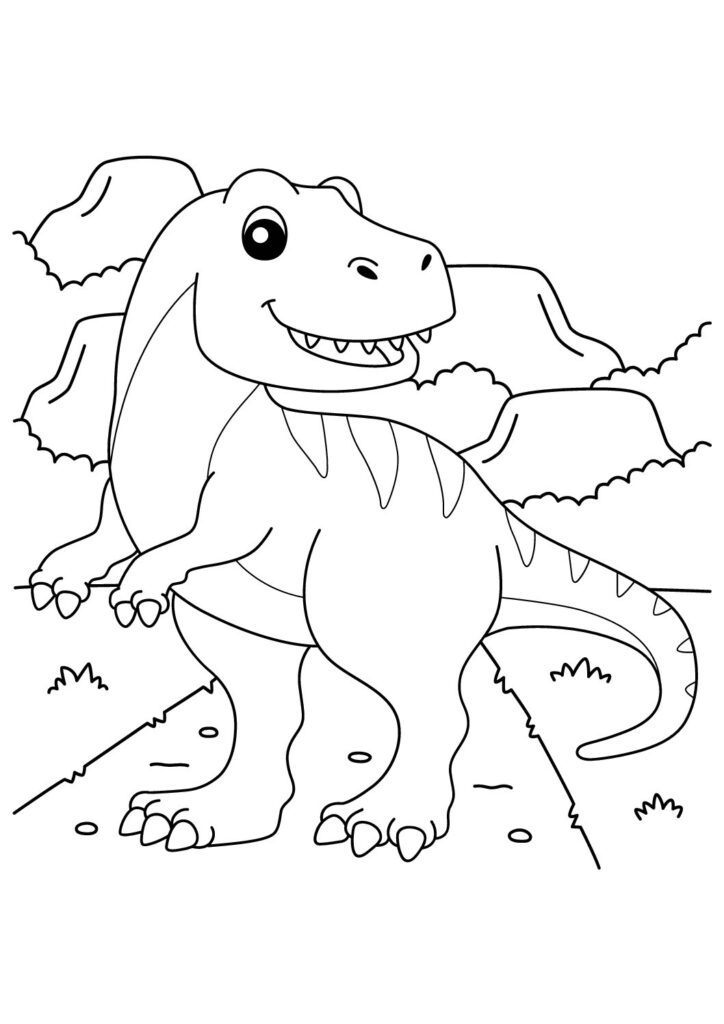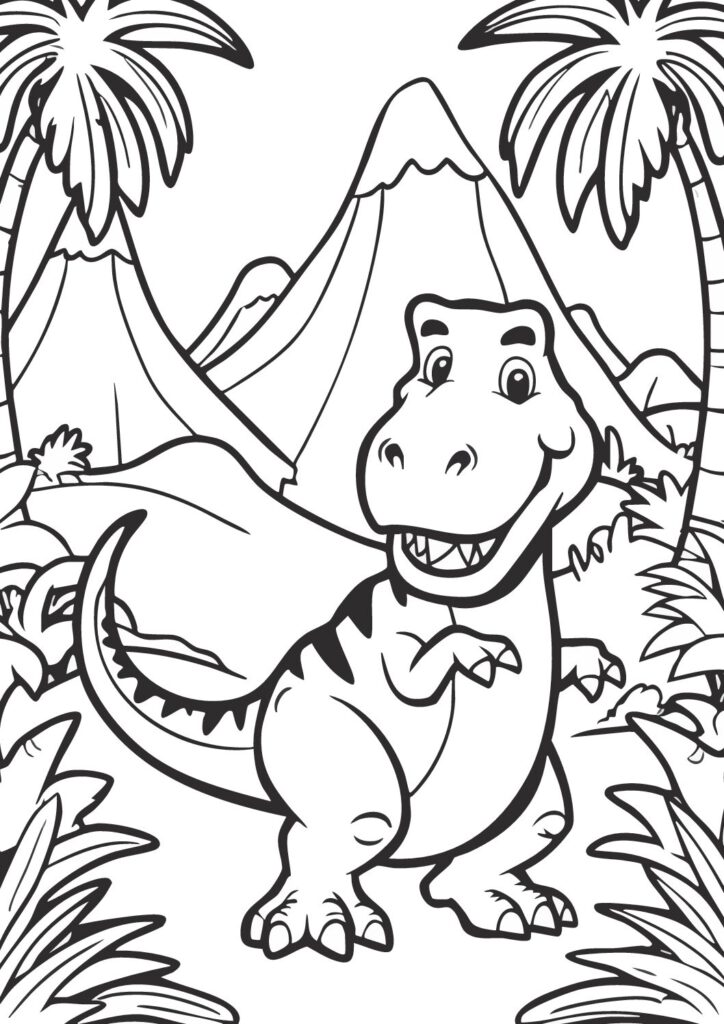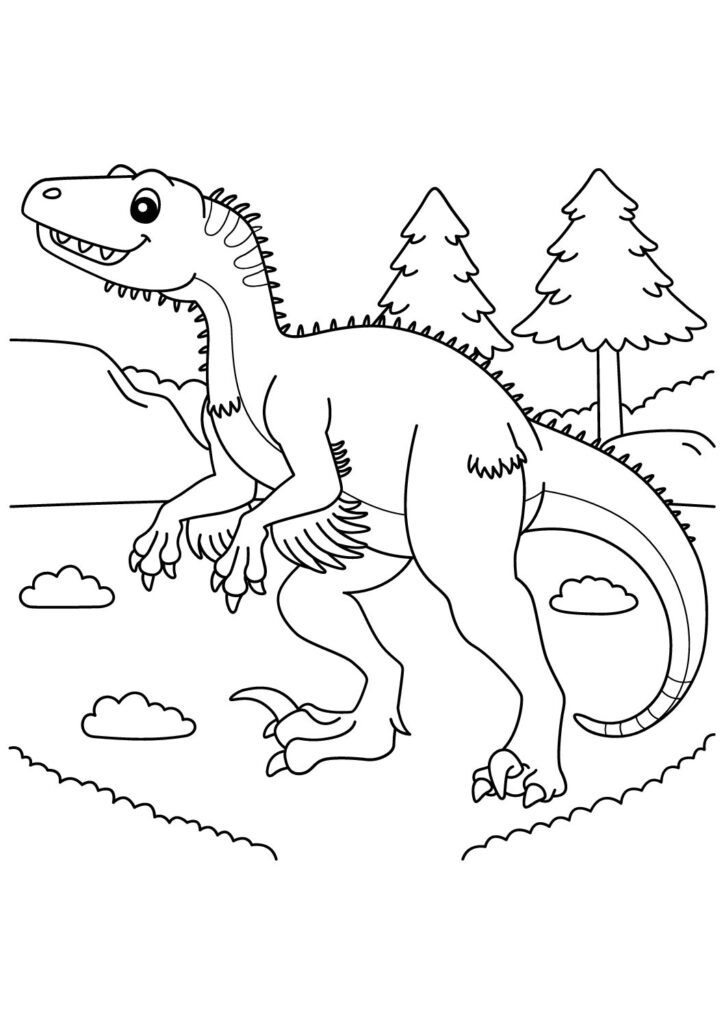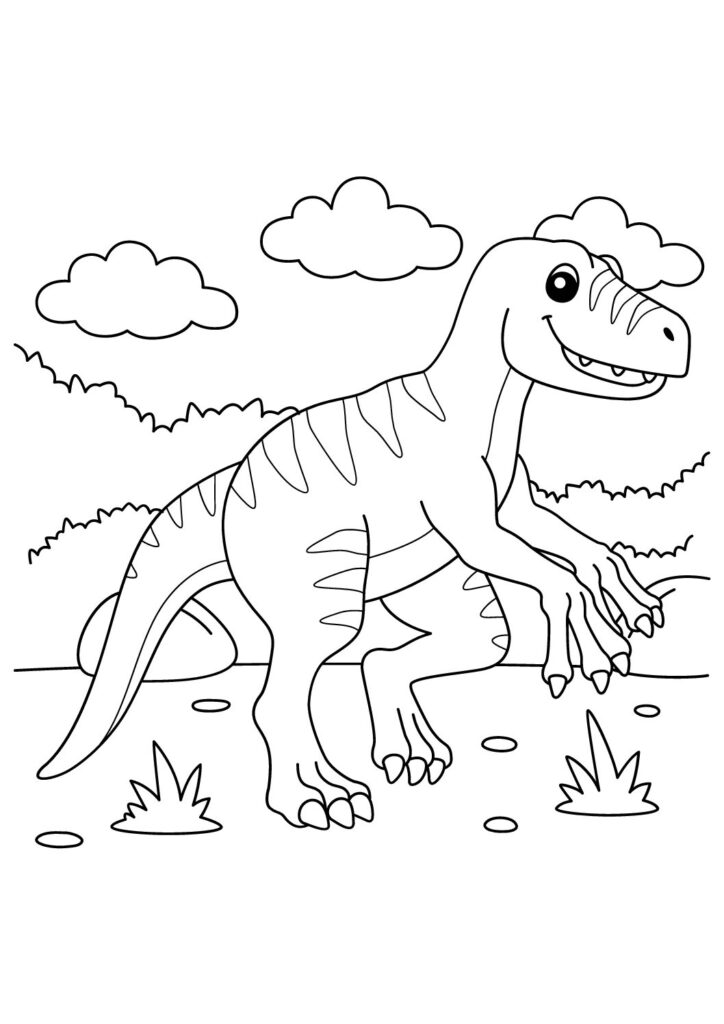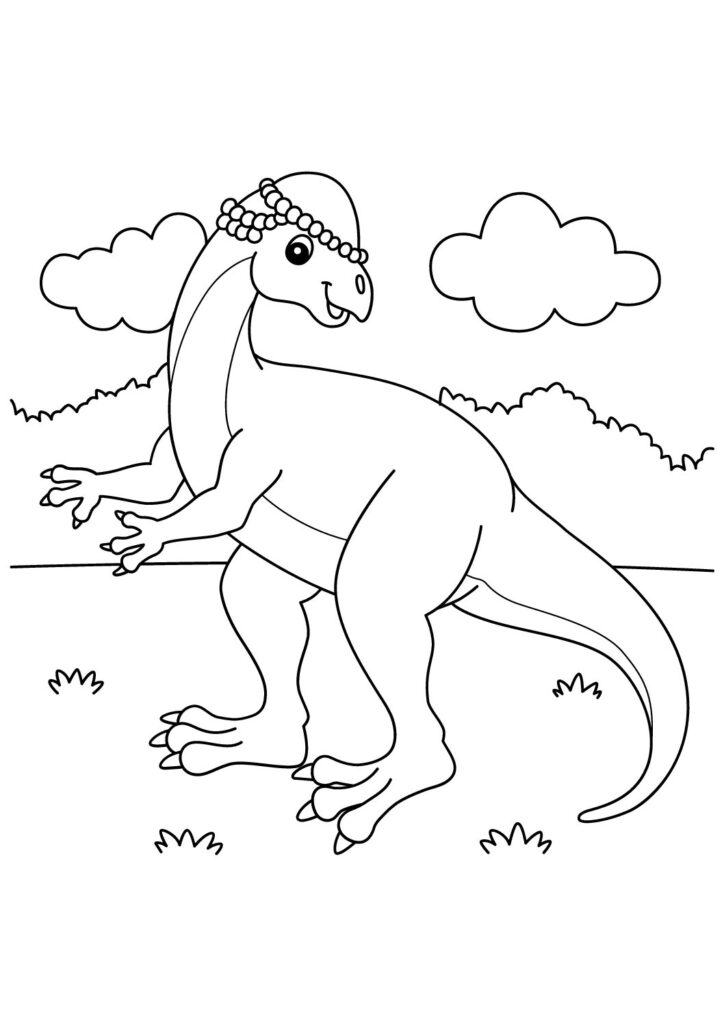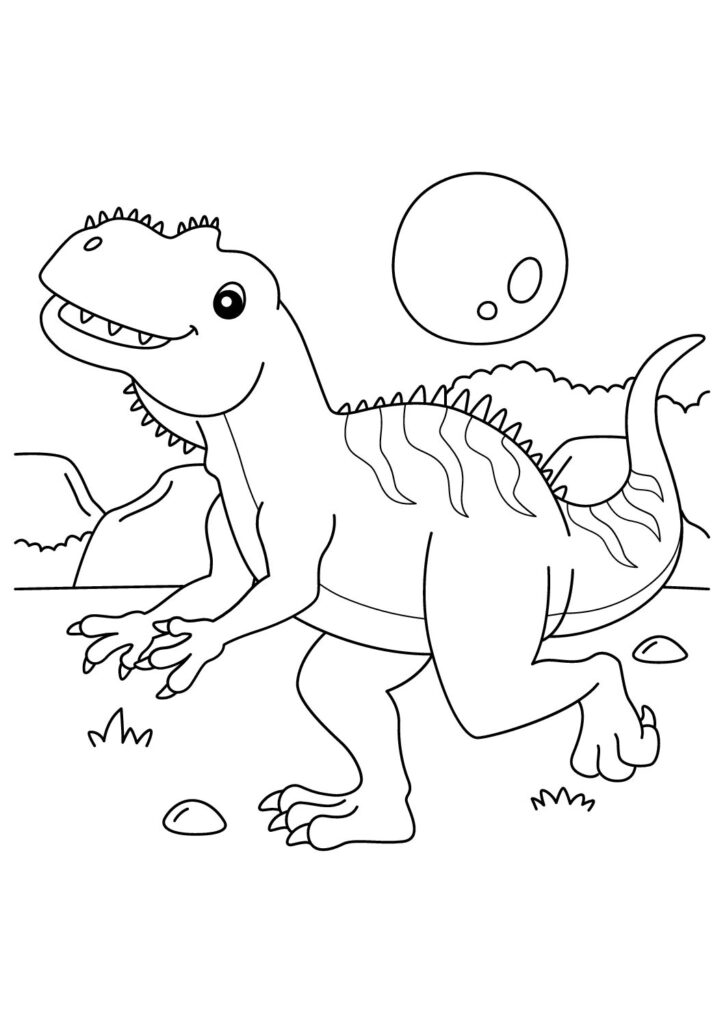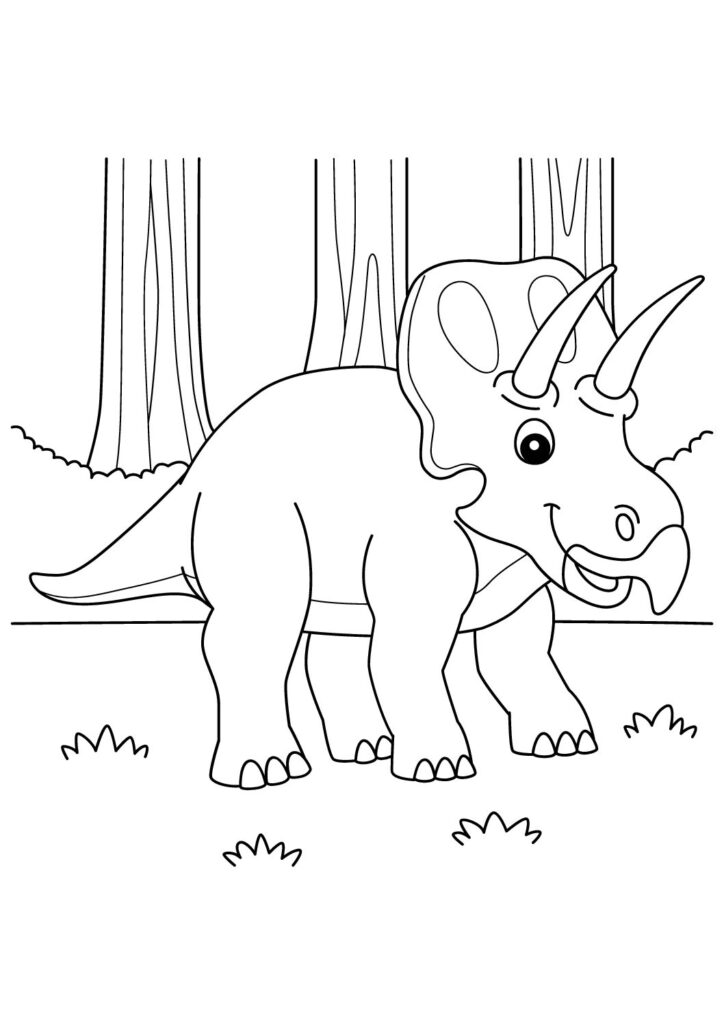1 Free Lufengosaurus Coloring Pages for Download (Printable PDF)

Spring into our free printable collection of Lufengosaurus coloring pages featuring these agile prosauropods in their dynamic poses! Download these high-quality sheets showcasing these early dinosaurs with their long necks, slender bodies, and strong legs displaying their remarkable ability to move on two or four legs. Perfect for kids and dinosaur enthusiasts, these detailed prehistoric coloring pages capture the nimble nature of these plant-eating creatures known for being one of China’s first discovered dinosaurs. Each printable sheet brings these amazing Early Jurassic pioneers to life, highlighting their flexible necks, athletic build, and graceful movements!
Fascinating Lufengosaurus Facts: The Complete Guide to China's Ancient "Lufeng Lizard"
Introduction
Lufengosaurus huenei represents one of China’s most historically significant dinosaur discoveries, roaming what is now Yunnan Province during the Early Jurassic period approximately 200-195 million years ago. This remarkable prosauropod, whose name honors its discovery location in Lufeng County, provided crucial evidence of dinosaur evolution in Asia and holds special significance as the first dinosaur mounted for display in China, becoming an important scientific and cultural symbol.
Early Evolutionary Position
Lufengosaurus belongs to the prosauropod group—early relatives of the massive sauropods that would later dominate Jurassic landscapes worldwide. This transitional position in dinosaur evolution makes it particularly valuable for understanding how small, bipedal dinosaurs eventually evolved into the largest land animals ever to walk Earth, with Lufengosaurus showing intermediate features between earlier dinosaurs and the giants that would follow.
Physical Characteristics
This medium-sized dinosaur reached lengths of approximately 20-30 feet and stood around 10 feet tall, weighing an estimated 1.5-2 tons. Lufengosaurus featured a relatively small head with leaf-shaped teeth adapted for plant consumption, a moderately long neck, powerful hind limbs, and shorter forelimbs that suggest it could move both bipedally and quadrupedally depending on speed and activity, demonstrating the locomotor flexibility characteristic of early sauropodomorphs.
Scientific Significance
Chinese paleontologist Yang Zhongjian (C.C. Young) described Lufengosaurus in 1941, making it one of the earliest dinosaur discoveries in Asia during a period when Western institutions dominated paleontological research. This landmark find demonstrated the global distribution of early dinosaurs and established China’s important role in paleontology, beginning a tradition of significant dinosaur discoveries across Asia that continues to revolutionize our understanding of dinosaur evolution.
Groundbreaking Discoveries
Recent scientific analysis of Lufengosaurus fossils yielded the remarkable discovery of preserved collagen protein—the oldest organic material ever identified in a dinosaur fossil at approximately 195 million years old. This groundbreaking finding, published in 2017, demonstrated that biological molecules can potentially survive far longer than previously thought possible, opening new avenues for studying ancient life through biochemical analysis rather than relying solely on mineralized remains.
Cultural Impact
Lufengosaurus holds a special place in Chinese scientific history as the first dinosaur mounted for display in China, with its skeleton erected at the Institute of Vertebrate Paleontology and Paleoanthropology in Beijing in 1951. This historic achievement during the early years of the People’s Republic of China symbolized the nation’s scientific advancement and established dinosaur paleontology as an important field of research in Asia, inspiring generations of Chinese scientists.
Paleoenvironment
During Lufengosaurus’s time, Yunnan Province featured a warm, seasonally dry climate supporting diverse plant life including ferns, cycads, and primitive conifers that these herbivores consumed. This productive ecosystem harbored various dinosaur species alongside early mammals and reptiles, creating a complex Early Jurassic community that flourished as dinosaurs were beginning their rise to ecological dominance after the end-Triassic extinction event.

